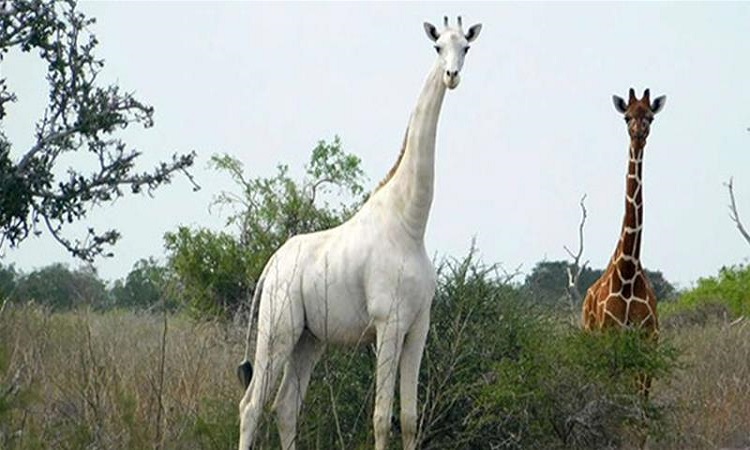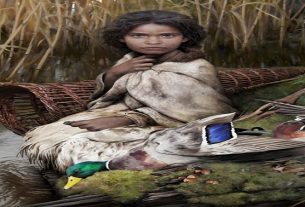Two extremely rare white giraffes were recently killed in northeast Kenya, presumably by poachers, according to environmentalists.
There were only three in Kenya; there is only one left today. The bodies of two extremely rare white giraffes (a female and her baby born in summer 2019) were indeed found yesterday (March 10) by forest rangers near a village in the northeast of Garissa county. The third giraffe, meanwhile, is still alive, they also confirmed.
“It is a very sad day for Kenya,” said Mohammed Ahmednoor, director of the Ishaqbini Hirola Community Conservancy. The assassination of these two giraffes is a real blow to our community which, however, had put in place important measures to try to protect these rare and unique specimens. This sting of recall obliges us from now on to intensify our efforts “.
The poachers, for their part, have not yet been identified. Their intention is therefore still unclear. The Kenya Wildlife Society, the main conservation organization in the East African state, is investigating.
Specimens with leukism
These two giraffes suffered from leukism, a genetic peculiarity resulting from a recessive gene causing a white color of the integuments. This change differs from albinism in that leukistic organisms are no more sensitive to the sun than any other organism. These specimens also keep their dark eyes, while animals with albinism have pink eyes.
Considered vulnerable because of their coats, these giraffes are not the only animals affected by leukism. Alligators, deer, toads, hippos, rabbits, lions, peacocks and elk (and others) suffering from the same condition have already been observed in the wild.
The silent extinction of giraffes
It is also recalled that more generally, all giraffes, except two subspecies, have been considered since 2016 as vulnerable, endangered or critically endangered by IUCN. Across Africa, populations have declined by almost 40% in just three decades. Today, fewer than 100,000 remain in the wild.
“These majestic animals are facing a silent extinction,” Julian Fennessy of IUCN said at the time, while the cursor is often pointed at elephants or rhinos.
Note that while a large majority of poachers attack giraffes for their meat, some also target them for their tails. In the DRC in particular, this part of the body can indeed be used as a dowry for the father of the future wife during a marriage proposal. In addition, giraffe tails are also the symbol of a certain social status in several communities.




